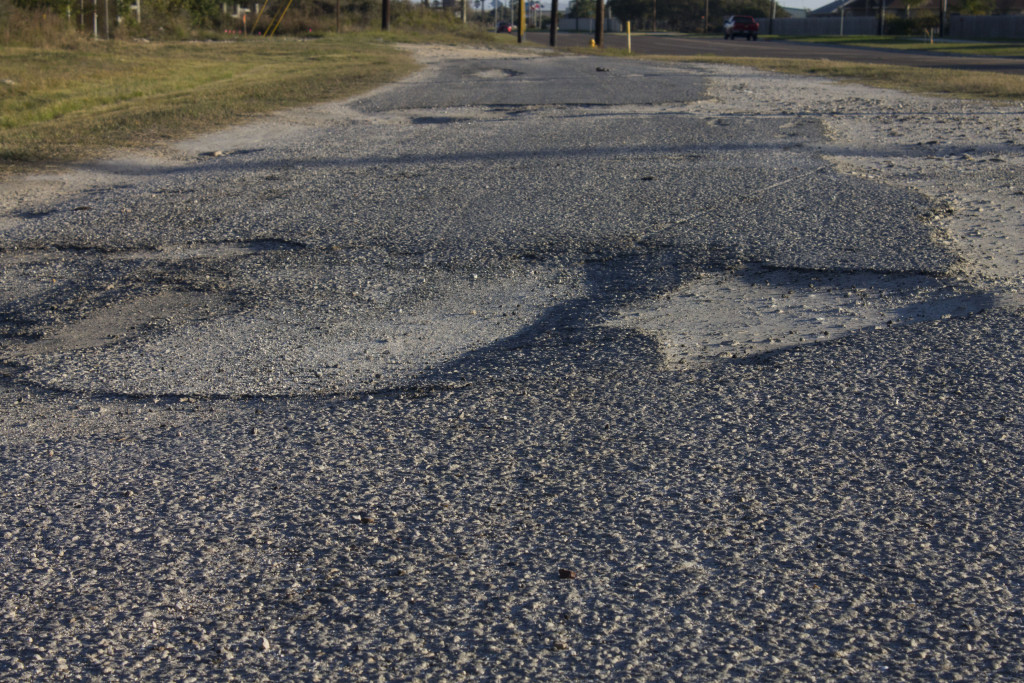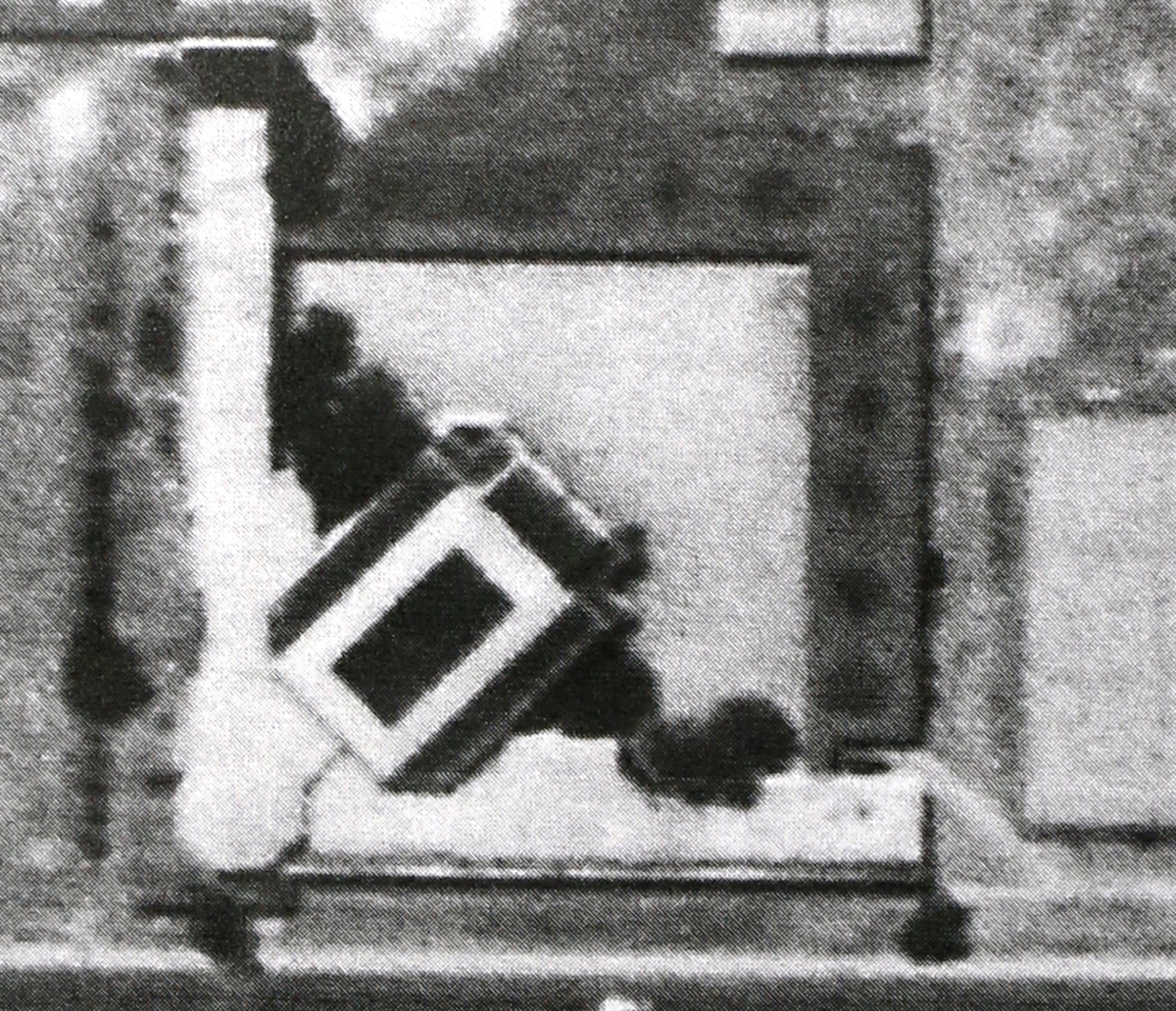[spacer height=”20px”]

[spacer height=”20px”]
Taking care of residential streets is a lot like doing laundry. It is one of those thankless, never-ending chores. People only notice if somebody fails to do it or fails to do it correctly. Just as careless loading of the washer can dye underwear pink and evoke disappointment and even anger in the owner of the clothing, a pothole or a dip in the road can spill coffee in a driver’s lap or damage the front end of his car, evoking the same disappointment and anger.
[spacer height=”20px”]
Seven months ago, the nine members of the Ad Hoc Residential Infrastructure Advisory Committee volunteered to tackle the 150-year-old problem of streets in Corpus Christi and came to the realization that “fixing” the streets could not happen with one trip to the Laundromat, even if they had a pocketful of quarters. The committee discovered that lack of enough money to fix the streets is just one of many problems facing the City, all of which the committee outlines in a 41-page final report along with the committee’s recommendations for solving the problems. (Read the full report here.)
[spacer height=”20px”]
Some of the problems listed in the report:
- The City has a 150-year history of bad roads resulting from outdated materials, methods, and designs; a harsh environment; poor road base, drainage, and utility facilities; and periods of under-spending in maintenance and reconstruction.
- There is not enough money to re-build all residential streets in their entirety.
- Only about 32% of every dollar spent on streets goes to fixing the surface of the street; other costs: ADA – 5%, curb/gutter – 30%, utilities – 33%.
- The City does not have a reliable method for determining the cost to build a mile of streets because currently it only keeps track of invoices presented by contractors, which does not indicate a particular cost for a particular volume of work.
- The City primarily uses the IDIQ (Indefinite Delivery Indefinite Quantity), which gives access to qualified contractors but impairs the City’s ability to hire a substitute contractor in the event that the awarded contractor does not produce a quality product efficiently. Smaller contractors cannot afford to bid smaller projects with the City because of the City’s slow method of payment.
- The City spends tens of millions of dollars each year in payment to contractors. Currently, the Engineering Department handles this process, “which includes people who have professional ties with the entities that work on or have a history of being on both sides of the table. In addition, these same people often serve as the authority within the City with respect to pursuit of contract claims or enforcement,” giving the appearance of a conflict of interest.
- The City is using outdated methods of record keeping, materials management, and labor management. For example, street inspections and materials/labor tallies are recorded in the field on paper and submitted manually, and contracts are still manually circulated for signatures.
- The City currently uses the Engineering department to manage projects and perform jobs that construction managers could easily handle. The committee contends that engineers do not always make the best project managers.
- Due to lack of City crews and under-compensation, a great deal of turnover exists, which ultimately leads to project delays which results in more dollars spent on a particular job.
- Data reveals that seal coats and overlays have not necessarily preserved the life of the streets.
- No real cycle for maintenance and reconstruction of existing residential streets is in place.
- Not all developers are expected to adhere to street construction standards because of “grandfathering”, so substandard streets are still being built.
- Arterial and collector streets, the roads most traveled, are in great need of repair, too.
- Standing water due to ineffective storm water drainage significantly degrades the streets.
- The SPMP, now in year 2, is well behind schedule in its current efforts to do seal coats and overlays.
[spacer height=”20px”]
As the report points out, it took years of physical and fiscal neglect to generate the piles upon piles of dirty laundry, and it will take years to get the old loads finished while simultaneously handling the new loads being generated each day. As the mom faced with weeks of dirty clothes brought home by a college student, the City must simply get started and work at the problem of streets one load at a time. The job is easier, faster, and more efficient if the City will go about the chore methodically using the best machines and detergents affordable, as is outlined in the report. The nine-member, highly-skilled committee spent over seven months collecting all the pertinent data, researching best practices, digging into possible funding solutions, and developing a program that will work if the City will just implement what is recommended. Waiting any longer to start the process will only make the already stinky job smell worse and the cost to the taxpayer even more expensive.


